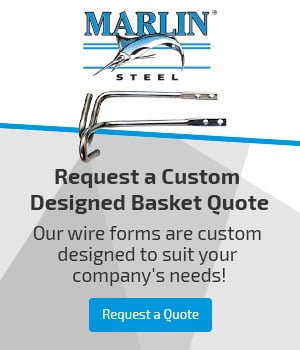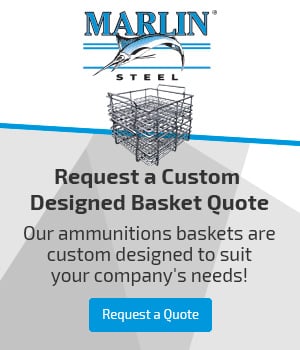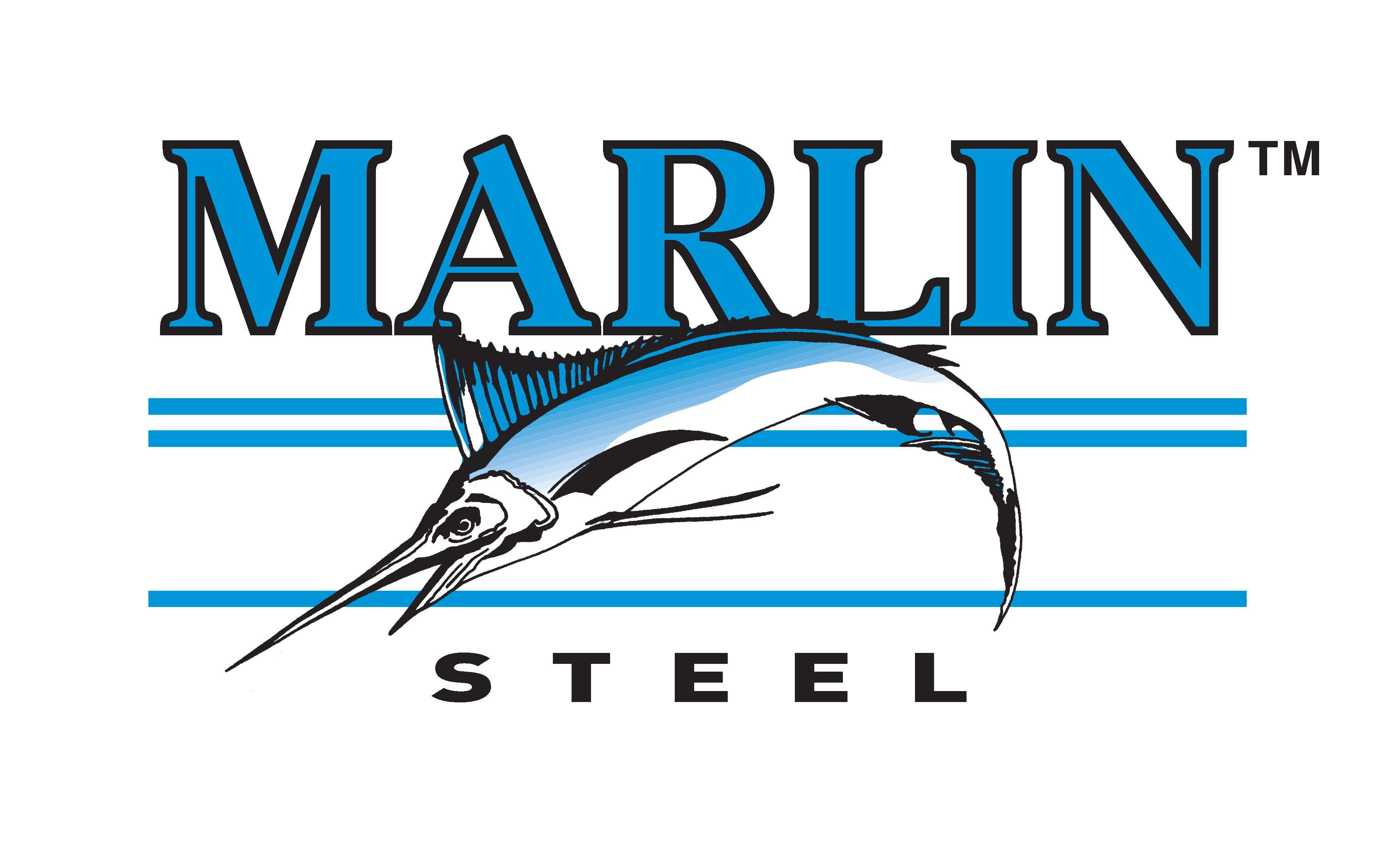 In the manufacturing industry, there is one constant: change. The best manufacturers embrace changes and learn how to use them to be faster and more efficient. In the last ten years, there have been quite a few new developments that have changed the manufacturing landscape forever.
In the manufacturing industry, there is one constant: change. The best manufacturers embrace changes and learn how to use them to be faster and more efficient. In the last ten years, there have been quite a few new developments that have changed the manufacturing landscape forever.
What are some of these changes, and how has Marlin Steel worked to embrace them?
Here are a few notable examples:
Change #1: Offshoring into Reshoring
Coming out of the 1990s and into the not-so “new” millennium, there was a major trend for companies in many industries to outsource as many jobs as possible to regions where the labor was cheaper.
The manufacturing industry was no exception to the offshoring craze. After all, if the labor was cheaper, that meant more money for the manufacturer, right?
Well, after a while, manufacturers began to catch onto several hidden costs of offshoring production, such as:
- Production Setbacks. Many companies that offshore production to foreign companies run the risk of serious production setbacks. Many of these setbacks arise from simple miscommunications that arise from cultural and linguistic differences.
- Shipping Delays. Getting cargo from one end of the planet to the other takes time, especially when using the cheapest sea-based transportation methods. Getting space on a cargo ship can take months. Worse yet, customs delays at both ends of the journey can add weeks or months to the time it takes to get goods moved across the ocean to the market you serve.
- Parts Not Meeting Standards. The cheapest way of making a product is rarely the best way. When offshore-made parts do not meet production tolerances, it can take months to find out, and manufacturers have to over-produce to compensate. If the rejection rate is 50% at a given overseas production plant, then twice as many parts have to be produced to make up for the rejections and avoid further delays.
There are even more costs than the ones outlined above. A survey from the National Tooling and Machining Association cited in an article by the Harvard Business Review states that, “these costs typically add 5% to 15% to the foreign vendors’ bid price for shipping, 3% for additional paperwork and communications, 5% to 10% for added inventory, and up to 35% for unanticipated design changes.”
That’s up to 63% extra cost being added to any given offshoring vendor’s bid.
As manufacturers have uncovered these added costs of offshoring production capacity, many have begun to move their production centers back onto American shores, producing goods closer to the markets they serve.
Change #2: Increased Automation
Manufacturing automation has been around for decades. However, in the last decade, automation for manufacturing has started to become much more widespread throughout the American manufacturing industry.
The price of automating many processes has gone down as the technology becomes more commonplace. This has brought manufacturing automation into the reach of businesses that once would not have been able to afford it.
By doubling down on automation, American manufacturers have become much more productive and efficient than ever before.
How much more productive?
According to research cited in a CBS article, in the United States, manufacturing employees “produced an unprecedented $104,606 of value.” Compare this to a Chinese industrial worker who, in the same period of time, “produces $12,642 worth of output.”
This is backed by statistics cited in a Forbes.com article from early in 2015, which states that “a worker in the U.S. is associated with 10 to 12 times the output of a Chinese worker.”
That’s a lot of extra productivity, comparatively speaking.
It makes sense when you consider that a robot can work tirelessly from the start of the day to the end of the day without getting tired, bored, or distracted. Manufacturing robots can do tough jobs with a level of consistent precision that human workers simply can’t match.
These are just two of the biggest changes in the American manufacturing industry over the last decade, and more changes are on the way. Whatever the future holds, Marlin Steel’s team is excited to see what’s next and to see how new changes will be used to bring about even greater results for American manufacturers.

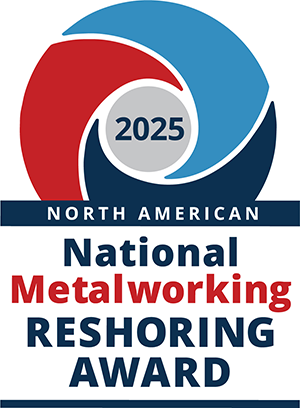
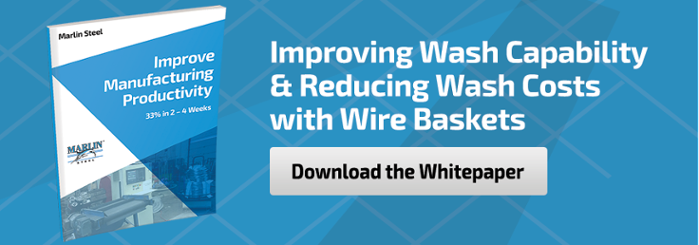
.gif)
